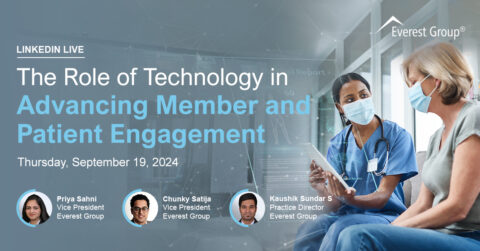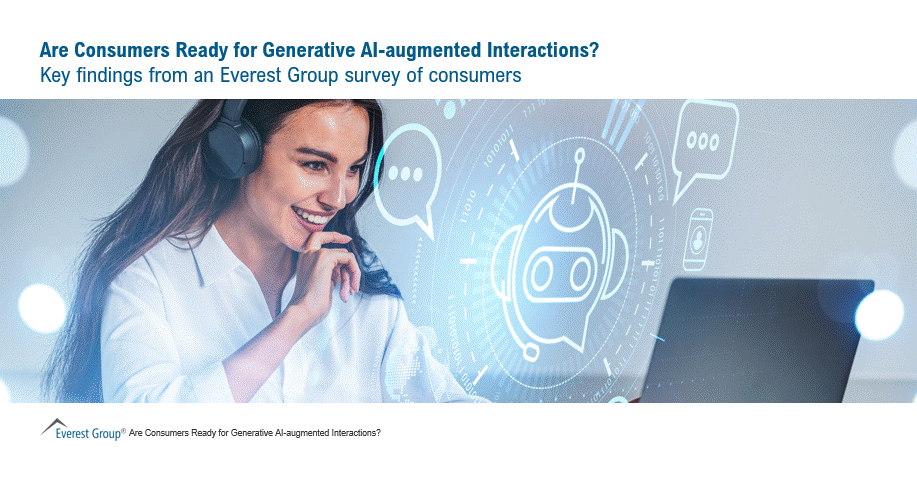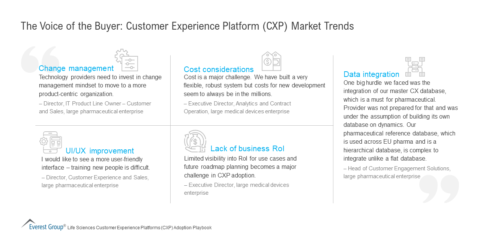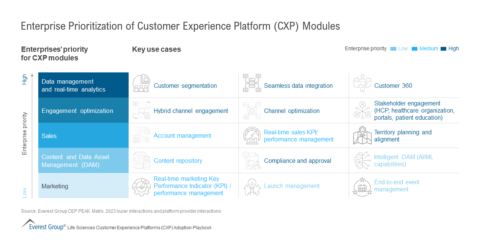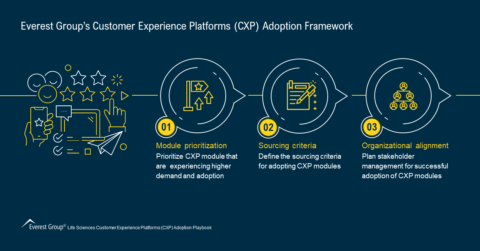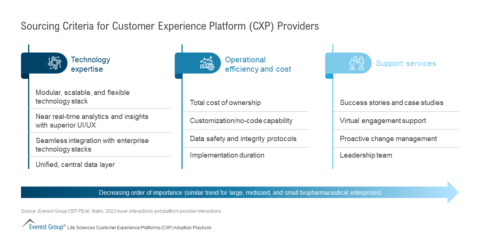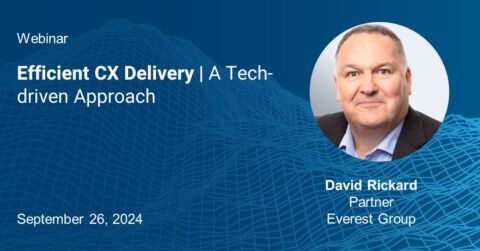Reimagine growth at Elevate – Dallas 2025. See the Agenda.
Filter
Displaying 31-40 of 204
The Role of Technology in Advancing Member and Patient Engagement | LinkedIn Live
On-Demand LinkedIn Live
1 hour
Efficient CX Delivery: A Tech-driven Approach | Webinar
September 26, 2024
9:00 AM PT | 12:00 PM ET
Webinar
Elevating CX: Trends and Insights for a Unified CX Tech Strategy | Webinar
On Demand Webinar
1 hour
